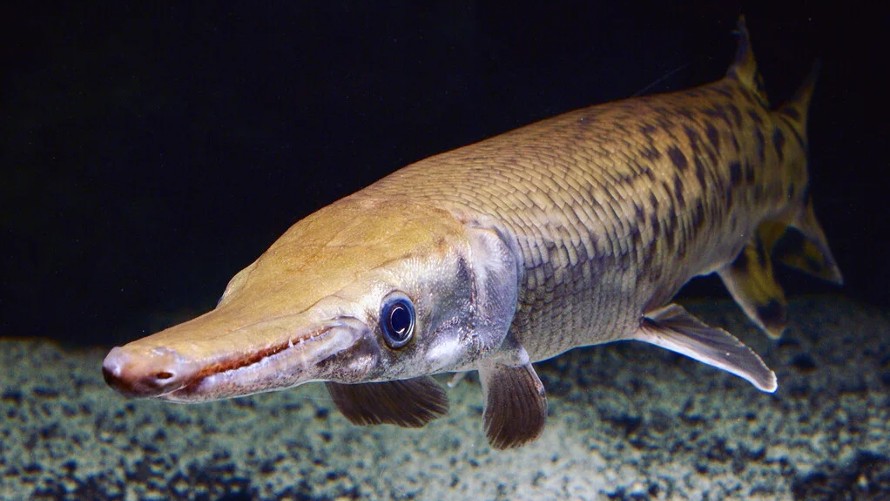In a new study, Yale researchers have uncovered the first biological explanation for how some ancient organisms called “living fossils” have remained virtually unchanged over millions of years of evolution. Their findings center on gars – an ancient group of fish that look remarkably similar to their prehistoric ancestors in the fossil record.
The study, published in the journal Evolution, reveals that gars have the slowest rate of molecular evolution among all jawed vertebrates. In other words, their genomes change at an exceptionally slow pace compared to other animals.
By linking this slow genetic mutation rate to the hybridization of different gar species in the wild that last shared a common ancestor during the dinosaur age, the researchers demonstrate that the sluggish pace of genomic changes drove gars’ low species diversity over time.
“We show that gars’ slow rate of molecular evolution has stymied their rate of speciation,” said study senior author Thomas J. Near, an ecology and evolutionary biology professor at Yale. “Fundamentally, this is the first instance where science is showing that a lineage, through an intrinsic aspect of its biology, fits the criteria of living fossils.”
Near speculates that gars may have an unusually efficient DNA repair system allowing them to correct genetic mutations better than most vertebrates. “If further study proves that gar DNA repair mechanisms are extremely efficient, and discovers what makes them so, we could start thinking about potential applications to human health,” he said.
The seven living gar species today are nearly identical structurally to fossil gars from 150 million years ago in the Jurassic period. Analysis found their DNA evolves up to 1,000 times more slowly than other major vertebrate groups.
The researchers then examined hybridization between two distinct gar species in Texas rivers that share an ancestor over 100 million years old – the oldest known vertebrate hybrids producing viable, fertile offspring by 60 million years.
“The slower a species’ genome is mutating, the more likely it is that it will be able to interbreed with a separate species that it’s been genetically isolated from over a long stretch of time,” explained lead author Chase Brownstein, a Yale graduate student.
This hybridization ability linked to the slow mutation rate indicates gars hit an evolutionary brake, preventing significant new species diversification or physical changes over vast time periods.
“Our paper shows that living fossils aren’t simply strange accidents of history but provide a fundamental demonstration of the evolutionary process in nature,” said Brownstein. “It shows that analyzing patterns in living fossils’ evolutionary history might have implications for our own story. It not only helps us better understand the planet’s biodiversity, but potentially could one day be applied to medical research and improve human health.”


